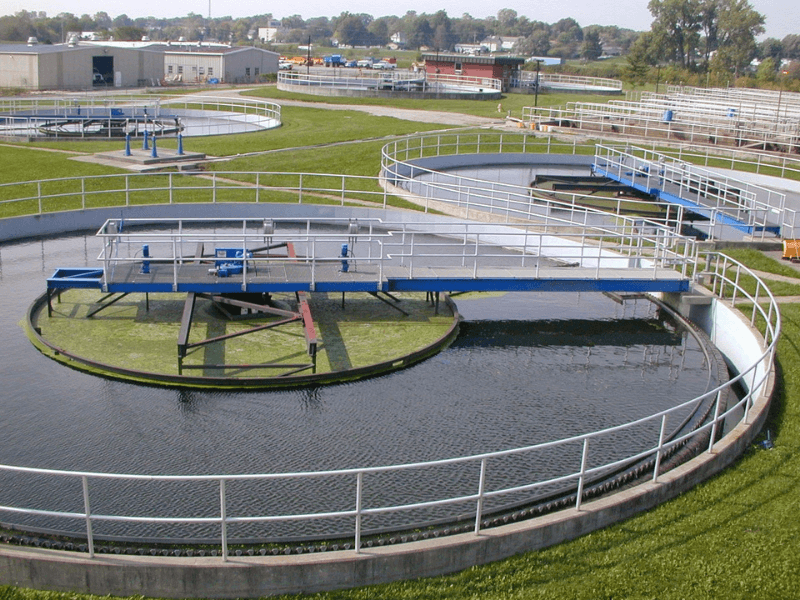Sewage Treatment Plant
What Is Sewage Treatment? The Process, Benefits, And Future
A Sewage Treatment Plant is a company that provides plants for the industry of wastewater treatment. We have been in the industry for over 10 years. Sewage Treatment Plant is designed for the design and engineering of new and existing sewage treatment plants. Our team of professionals is available 24/7 to help you with your
design project and will always provide you with professional advice.
A sewage treatment plant is the process of removing contaminants from domestic and municipal wastewater, containing mainly household sewage plus some industrial wastewater.
Introduction to Sewage Treatment:
A sewage treatment plant is basically a large body of water at the shoreline or at a low point in the landscape that receives, takes, and processes sewage for a specific application. Depending on the type of municipal wastewater stream, it can be composted, purified, or treated before being released into the environment. Sewage treatment plant? remove pollutants and pollutants like dioxins and furans. In Dubai, water utilities are required to obtain their wastewater from wastewater collection systems, which are essentially underground pipes. Sewage flows from the combined sewage pipes to a waste treatment facility, where it enters a wastewater treatment process.
Benefits of Sewage Treatment
The modern sewage treatment plant has resulted in a massive reduction in the pollution of the river, lake, and ocean waters. The high cost of treatment was a primary factor discouraging their use. However, the cost of treatment has drastically reduced due to the development of newer and more efficient technologies. The per capita consumption of sewage by developed economies is increasing and sewage treatment plants? is forced to upgrade and expand its capacity to meet the growing demand. This often results in higher sewage treatment costs per person. Long-term Benefits of Sewage Treatment plant The benefits of sewage treatment have not been well documented and fully understood, but the knowledge gained is constantly evolving.
Sewage Treatment Process
Municipal sewage and industrial wastewater enter a wastewater treatment plant which consists of Destination The wastewater is discharged into a watercourse by a pipe or at a constructed holding tank for further treatment. The wastewater is discharged into a watercourse by a pipe or at a constructed holding tank for further treatment. Purification After Water filter and disinfection by other treatment processes, the wastewater is treated further to remove the remaining pollutants. After filtration and disinfection by other treatment processes, the wastewater is treated further to remove the remaining pollutants. Separation The wastewater is separated into clean water and sludge by other treatment processes and treated.
The Future of Sewage Treatment
Water quality issues continue to be the most pervasive environmental issue worldwide. The water quality issues for cities are rather complex but they will require an array of solutions in combination with ongoing public education. By technology, the biggest influencers of water quality are bacteria, viruses, nutrients, heavy metals, and chemicals. The billions of people across the world using municipal sewage treatment plants are just a drop in the bucket when considering the growing population. More Recent Trends in Sewage Treatment plant Cost Bacteria may be the most cost-effective method, yet many municipal facilities have not moved beyond microorganisms.
Conclusion:
There are many advantages to having your own sewer system, including Access to a purified, clean drinking water source Low costs associated with the system Less noise, smell, and waste contamination Treatments can be customized to suit the needs of your business, allowing you to control waste disposal, nutrients, and odor at a minimal cost Many companies are going in this direction, building their own systems rather than having the waste go to? sewage treatment plant which may be a long way from the source. They are reducing their pollution to the local environment, as well as creating a decentralized sewer system that is cheaper to operate.
